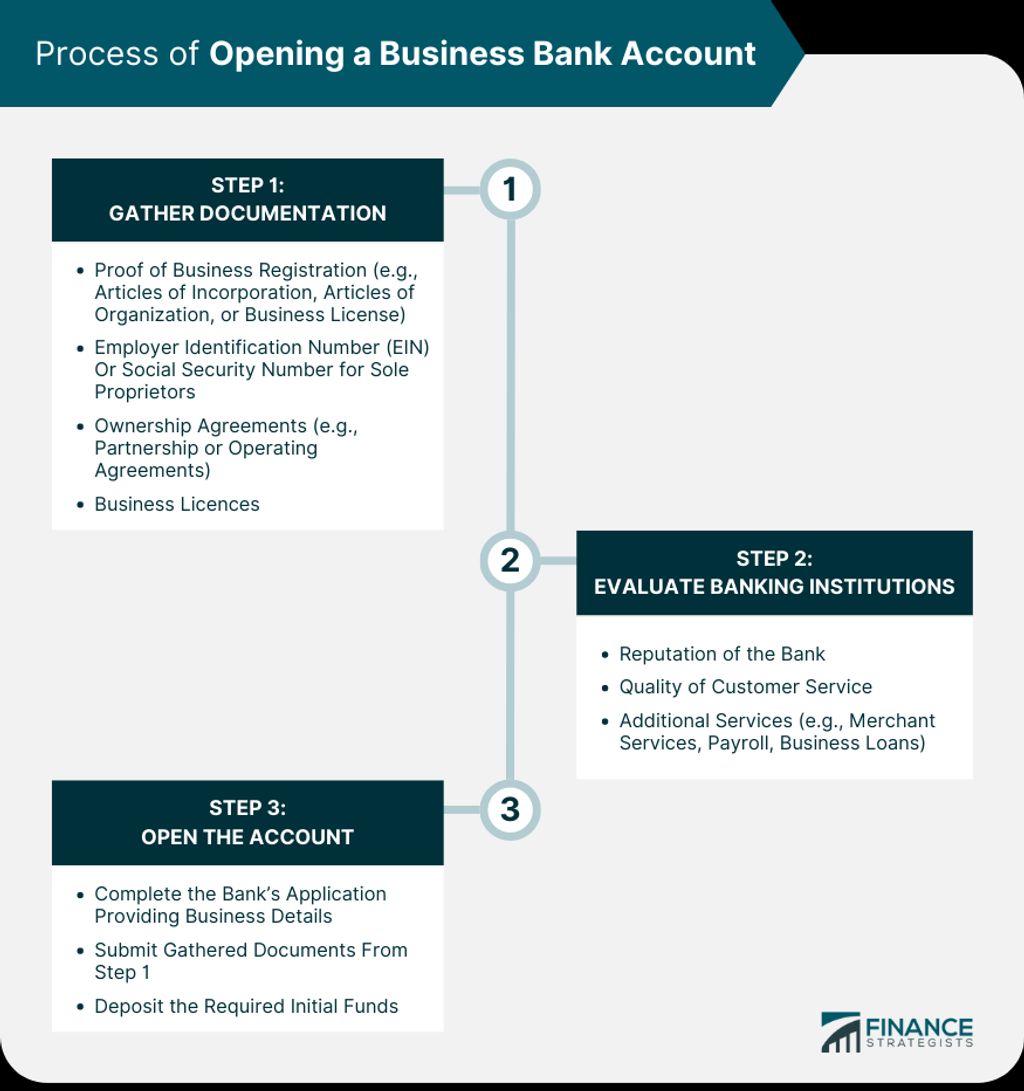Recurring billing is an essential part of streamlining payment processes for businesses. By automating the collection of payments on a regular basis, businesses can ensure a steady cash flow and reduce the administrative burden of manual invoicing. In this article, we will explore the key components of a recurring billing system, discuss the benefits of implementing recurring billing, and provide guidance on choosing the right recurring billing solution. We will also cover the steps involved in setting up recurring billing, including defining billing cycles and frequency, automating payment collection, and managing customer subscriptions.
Key Takeaways
- Recurring billing helps businesses streamline payment processes and ensure a steady cash flow.
- Key components of a recurring billing system include billing cycles, payment collection automation, and customer subscription management.
- Implementing recurring billing offers benefits such as reduced administrative burden, improved cash flow, and increased customer convenience.
- When choosing a recurring billing solution, consider factors like integration options, customization capabilities, and security and compliance features.
- Setting up recurring billing involves defining billing cycles and frequency, automating payment collection, and effectively managing customer subscriptions.
Understanding Recurring Billing

Benefits of Implementing Recurring Billing
Implementing recurring billing offers numerous benefits for businesses. It allows us to streamline payment processes and ensure a seamless payment experience for both merchants and customers. By automating the billing process, we can save time and resources, allowing us to focus on other important aspects of our business. Additionally, recurring billing helps us maximize revenue by capturing opportunities that might have been missed with one-time payments. It also provides us with valuable data that can be used for risk assessment and decision-making.
Key Components of a Recurring Billing System
When setting up a recurring billing system, it is important to consider the key components that will ensure its smooth operation. These components include payment gateways, customer profiles, and subscription management. Payment gateways are the essential link between your business and the customer’s payment method, allowing for secure and seamless transactions. Customer profiles store important information about each customer, such as billing details and payment preferences, making it easier to manage their subscriptions. Subscription management tools enable you to track and monitor customer subscriptions, making it simple to handle upgrades, downgrades, and cancellations.
Choosing the Right Recurring Billing Solution

Factors to Consider when Selecting a Recurring Billing Provider
When selecting a recurring billing provider, there are several important factors to consider. We understand the unique needs of your business and offer customized banking solutions for every industry. Our high-risk merchant processors provide advanced credit card processing solutions, ensuring seamless transactions and efficient payment processing. We also offer alternative payment methods to expand your payment options and provide a streamlined experience. With our secure and advanced processing solutions, you can trust that your credit card transactions will be handled with utmost security. Additionally, our fraud prevention measures, utilizing advanced algorithms and techniques, help mitigate the risk of fraud and keep your transactions secure. If you need an affordable processor for your high-risk business, contact us for more information.
Integration and Customization Options
When selecting a recurring billing provider, there are several criteria to consider. Integration and customization options play a crucial role in ensuring a seamless payment experience for both merchants and customers. Our advanced processing solutions allow you to connect effortlessly with over 250 integrations to major payment gateways and alternative methods, expanding your payment options beyond credit cards. Additionally, our hosted checkout solution provides a secure and convenient checkout process, enhancing the overall online shopping experience. To maximize revenue, our decline recovery tools help capture opportunities by recovering declined transactions. With our diverse payment services and risk mitigation tools, you can prioritize the security of your transactions.
Security and Compliance Considerations
When it comes to security and compliance considerations, we understand the importance of protecting sensitive customer data and ensuring adherence to industry regulations. Our recurring billing solution prioritizes the highest standards of credit card processing security, utilizing encryption and tokenization to safeguard payment information. Additionally, we are fully compliant with PCI-DSS requirements, providing peace of mind for both you and your customers.
Setting Up Recurring Billing

Defining Billing Cycles and Frequency
When it comes to defining billing cycles and frequency, it is crucial for businesses to find the right balance. On one hand, recurring billing allows for a predictable revenue stream and reduces the need for manual invoicing. On the other hand, it is important to consider the preferences and financial capabilities of customers.
To determine the ideal billing cycle and frequency, businesses can consider the following factors:
- Customer preferences: Understanding the needs and preferences of customers is essential in determining the most convenient billing cycle and frequency. This can be done through surveys or analyzing past payment patterns.
- Cash flow management: Businesses need to ensure that the chosen billing cycle and frequency align with their cash flow requirements. It is important to strike a balance between receiving payments in a timely manner and not overwhelming customers with frequent billing.
- Product or service nature: The nature of the product or service being offered can also influence the billing cycle and frequency. For example, subscription-based services may have monthly or annual billing cycles.
By carefully considering these factors, businesses can establish a recurring billing system that meets the needs of both the company and its customers.
Automating Payment Collection
Automating payment collection is a crucial aspect of a recurring billing system. It allows us to efficiently process payments from our customers on a regular basis, without the need for manual intervention. By automating this process, we can ensure that payments are collected on time and reduce the risk of late or missed payments. This not only improves cash flow but also enhances the overall customer experience.
Managing Customer Subscriptions
When it comes to managing customer subscriptions, we understand the importance of providing a seamless experience. Our advanced processing solutions allow for easy subscription management, ensuring that your customers can easily update their payment information or cancel their subscriptions with just a few clicks. We also offer alternative payment methods to cater to a broader customer base, giving your subscribers more options to choose from. Additionally, our hosted checkout solution provides a secure and convenient checkout process, enhancing the overall online shopping experience for your customers. And in case of declined transactions, our decline recovery tools help you maximize revenue by capturing missed opportunities. With our comprehensive subscription management features, you can focus on growing your business while we handle the rest.
Conclusion
In conclusion, implementing a recurring billing system can greatly streamline payment processes for businesses. By automating payment collection and managing customer subscriptions, businesses can save time and resources. It is important to carefully consider the key components of a recurring billing system and choose the right solution that meets the specific needs of the business. Factors such as integration and customization options, as well as security and compliance considerations, should be taken into account. With the right recurring billing solution in place, businesses can enhance their efficiency and provide a seamless payment experience for their customers.
Frequently Asked Questions
1. What is recurring billing?
Recurring billing is a payment model where customers are charged automatically on a regular basis for products or services.
2. What are the benefits of implementing recurring billing?
Implementing recurring billing streamlines payment processes, improves cash flow, increases customer retention, and reduces administrative tasks.
3. What are the key components of a recurring billing system?
The key components of a recurring billing system include a billing engine, payment gateway integration, subscription management, and reporting and analytics.
4. What factors should be considered when selecting a recurring billing provider?
When selecting a recurring billing provider, factors such as pricing, scalability, integration options, customer support, and security should be considered.
5. What integration and customization options should be considered in a recurring billing solution?
Integration and customization options such as API access, white-labeling, and support for different payment methods should be considered in a recurring billing solution.
6. What security and compliance considerations are important in a recurring billing system?
Security and compliance considerations include data encryption, PCI-DSS compliance, secure payment gateways, and adherence to privacy regulations.








